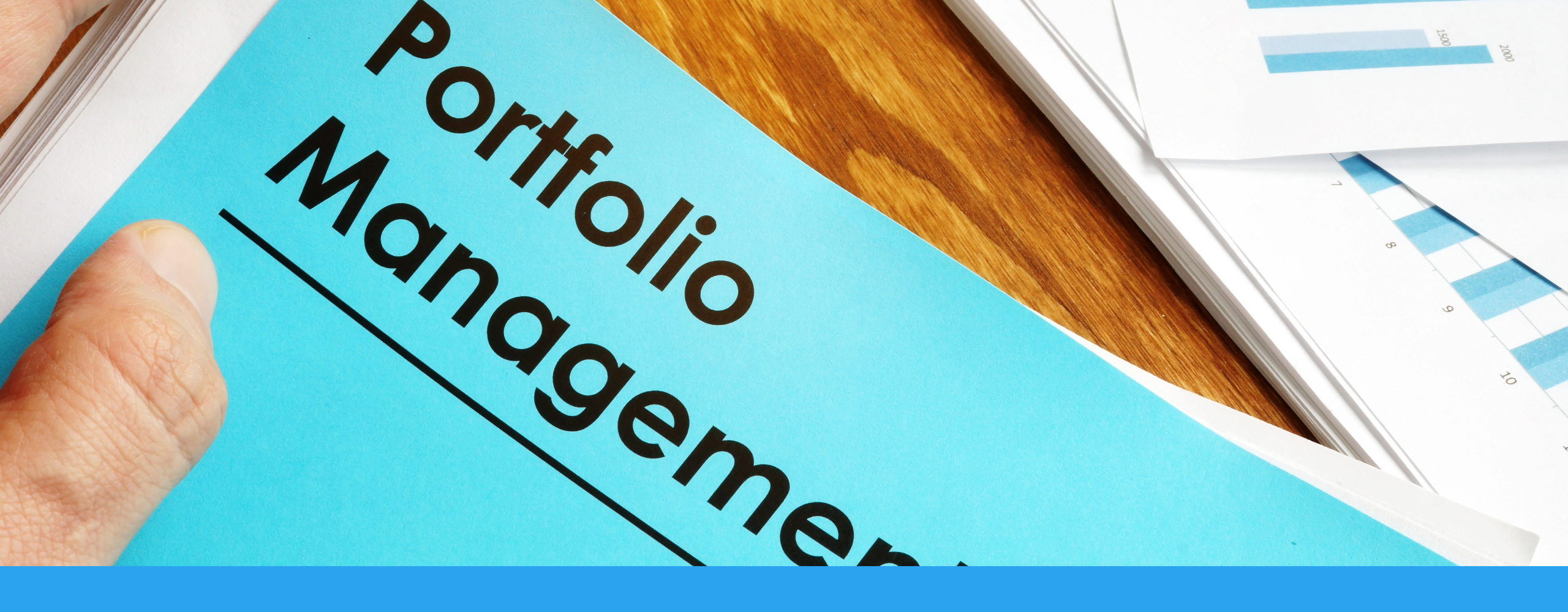
When it comes to securing your financial future, growing your portfolio is the name of the game. Wise investment decisions and careful planning can pave the way for your future. We’re going to explore essential strategies and tips to help you achieve your portfolio growth goals. No matter where you are in your investing journey, this overview will provide insights to maximize your returns and minimize risks.
Setting Clear Investment Goals
Setting clear and realistic investment goals is the first step towards building a successful portfolio. Your investment goals serve as a roadmap, guiding your decisions and strategies. Are you aiming for long-term wealth accumulation, funding your child’s future, or planning for retirement? Know your goals, and then tailor your portfolio to align with these goals. The more specific your goals are, the easier it becomes to track your progress and adjust along the way.
Diversification Strategies
Diversification is a crucial aspect of portfolio growth. It means spreading your investments across various types, like stocks, bonds, and real estate. This helps lower the risk linked to a single investment. Think of it as your financial safety net, aiding in staying on course even when some investments perform poorly. When deciding how to distribute your assets, consider your risk tolerance and investment timeline.
Risk Management
Risk management is vital for portfolio growth. While taking risks can lead to higher returns, it’s important to keep your downsides as small as possible. Strategies like setting a stop-loss, defining risk-reward ratios, and asset allocation can help protect your portfolio from excessive losses. Asset allocation involves dividing your investments among different asset classes based on your risk tolerance and goals. For instance, a conservative growth portfolio may allocate a larger portion to bonds to reduce equity market volatility. Echo Trade firms are professionals at managing risk for their clients, and their portfolios are available on Echo Trade for any level of investor to copy for a small monthly fee. Take a look at Garrison Bradford’s Long Term Wealth Builders portfolio, which focuses on long term growth companies.
Long-Term vs. Short-Term Investing
Decide whether your focus is on long-term or short-term investing. Long-term investing is buying and holding assets for an extended period, often years or decades. It allows you to capitalize on compounding gains and historical market trends. In contrast, short-term investing seeks to profit from shorter market volatility. Both approaches have their pros and cons, and the right choice depends on your goals and risk tolerance. A well-balanced portfolio may use elements of both strategies.
Research and Due Diligence
Research is crucial for informed investments. Before you invest, research your chosen assets and markets. Analyze financial data, assess past performance, and stay updated with industry news. Use online resources like financial news websites and brokerage platforms. Consider consulting financial experts for validation.
Dollar-Cost Averaging
Dollar-cost averaging (DCA) involves investing a fixed amount of money at regular intervals, regardless of market conditions. DCA helps reduce the impact of market volatility and emotions on your investment decisions. When prices are high, you buy fewer shares, and when prices are low, you buy more. Over time, this strategy can lead to lower average purchase prices and potentially higher returns.
Rebalancing Your Portfolio
A well-balanced portfolio can drift off course over time due to varying asset performance. That’s where rebalancing comes into play. Periodically review your asset allocation to ensure it aligns with your goals and risk tolerance. Rebalancing involves selling assets that have outperformed and buying assets that have underperformed. This helps to bring your portfolio back in line with your target allocation. By doing so, you maintain the risk level you’re comfortable with and maximize growth potential.
Conclusion
Portfolio growth requires careful planning, learning, and discipline. Set clear goals, diversify wisely, manage risks, and stay informed to align your portfolio with your objectives. Customize your strategies to fit your individual needs. With the right approach, your portfolio can help you build wealth and secure your financial future, whether you seek the best beginner stocks or long-term growth.
FAQs
- What is the 5% portfolio rule?
The 5% portfolio rule suggests limiting individual investments to no more than 5% of your total portfolio value. This rule helps diversify your holdings. It can also help reduce the impact of a single asset’s poor performance on your overall portfolio.
- What is a good growth portfolio?
A good growth portfolio typically includes a mix of growth stocks, which are shares of companies with strong growth potential, and other high-growth assets. It should be diversified across sectors and asset classes to reduce risk.
- What is the 60-40 portfolio rule?
The 60-40 portfolio rule suggests allocating 60% of your portfolio to stocks and 40% to bonds. This balanced approach aims to provide growth potential from stocks while offering stability and income from bonds.
- What is the 70-30 portfolio strategy?
The 70-30 portfolio strategy involves allocating 70% of your portfolio to stocks and 30% to bonds. It’s a more aggressive approach than the 60-40 rule, suited for investors with a higher risk tolerance and a longer time horizon.
- What is the ideal portfolio mix by age?
The ideal mix varies by age and the investors goals. Younger investors may lean towards stocks for growth, while older investors may invest in bonds and more conservative investments for stability.